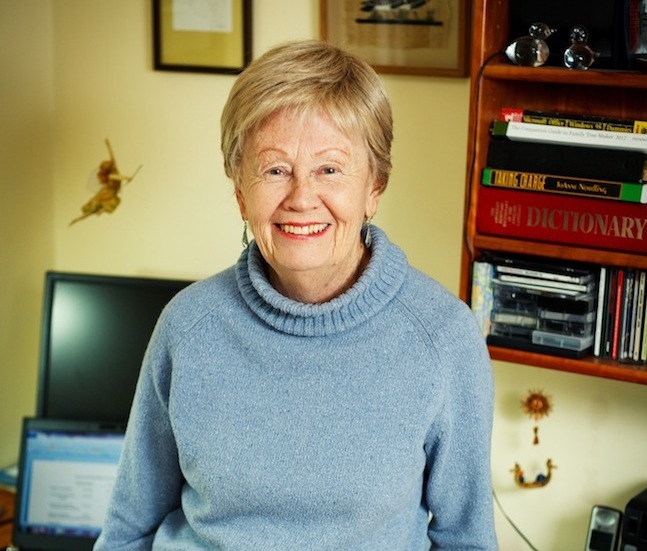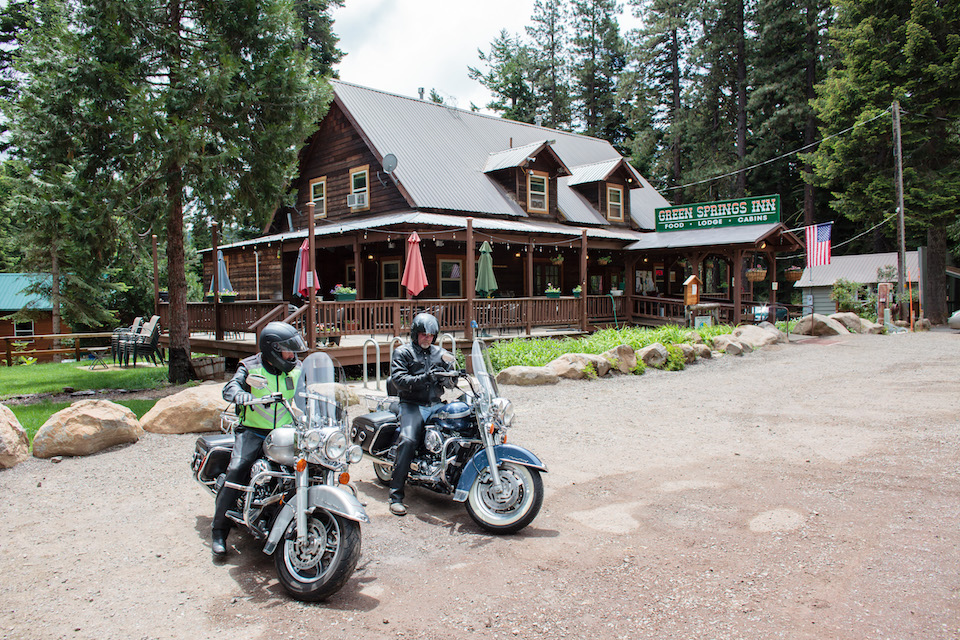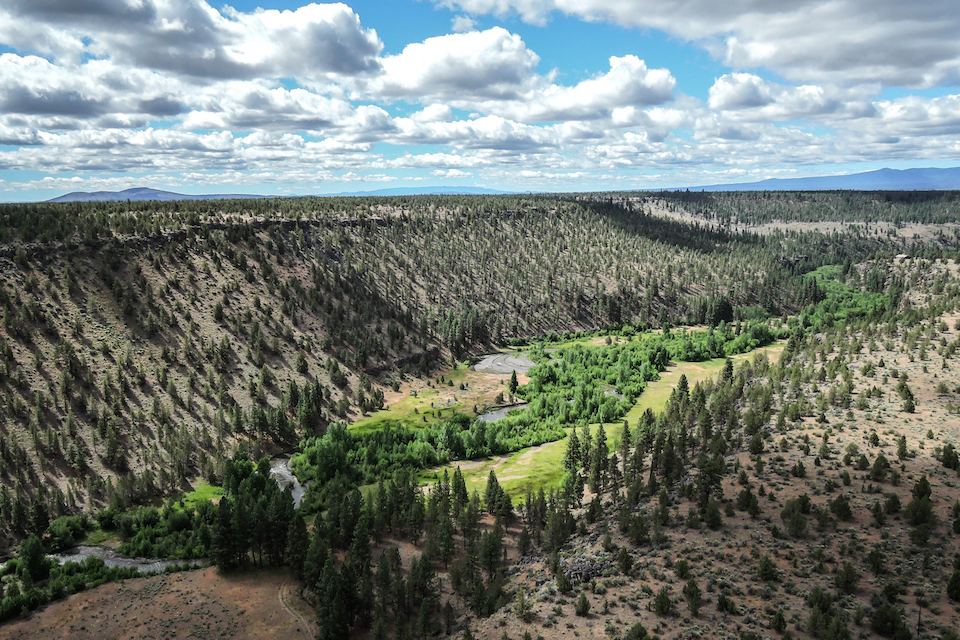Almost fifteen years ago, Sue Alperin, together with a crosscultural group of Oregonians, changed history. Alperin, a founder of Oregon Uniting, was interested in providing a broader perspective of the history of Oregon—one which acknowledged its ugly institutional racism alongside the accomplishments of those oppressed by those laws. Alperin helped recruit representatives of the major ethnic groups in Oregon to build a curriculum that would come to be called Beyond the Oregon Trail (BTOT). These are the stories of Oregon laws that condemned minorities and the inspiring people who fought against them to make Oregon what it is today. Currently, Portland Public Schools has adopted BTOT for middle school social science teachers, but outside of Portland, the curriculum is scarce. We sat down with Alperin to talk about Beyond the Oregon Trail and its future.
What was the genesis for the Beyond the Oregon Trail curriculum?
In 1999, a new organization, Oregon Uniting, sponsored “A Day of Acknowledgment,” an event in Salem attended by leaders of many ethnic groups, the governor, the Oregon Legislature, former Senator Mark Hatfield and Oregonians from all over the state. It was an occasion to recognize the racist and exclusionary laws that had been written into both the state and the federal constitutions and to acknowledge their impact on the lives of people of color throughout our history. It was also a time to celebrate those individuals who fought throughout their lives to rescind and overcome the effects of the laws. Further, it was a kick off to Oregon Uniting’s plan to offer interracial community dialogues at a local level. Governor Kitzhaber and the Oregon Legislature declared “A Day of Acknowledgement,” recognizing this discriminatory history and its lingering effects. From this day emerged the initiative to create a school curriculum to help students expand their knowledge of the history of all Oregon’s people.
Who were the early advocates?
Norrine Smokey Smith, director of Indian education; Portland Public Schools; Carolyn Leonard, administrator and compliance officer at Portland Public Schools; Dave Stout, dean of English and modern languages at Portland Community College; Floy Pepper, Indian educator, author, and curriculum writer; Karen Ettinger, director of the Global and Multicultural Resource Center, World Affairs Council; Marie Langenes of Kids Like Languages; and teachers, Janet Kakishita and Alfonso Vilches.
What interested you the most about this project?
All of my adult life, I have had an interest and involvement in intercultural issues and race relations. I was also aware of the absence of diversity and inclusiveness in what our children learned. So when I saw that this was an opportunity to bring to the table representatives of all the major ethnic groups who had not seen their history told, I jumped at the chance to be a part of it.
What is the problem with how history is now being taught?
I want to preface my answer with the statement that there are many teachers in Oregon who are offering a much broader perspective—as well as a challenge to their students to dig deeper and learn what really was and is the reality of our history. That said, much of the material available simply fails to acknowledge that there have been people of color in our state from the beginning and that they played major roles in its development despite the numerous discriminatory laws directed at them. There were laws prohibiting blacks from living here until 1926 and requiring that “Indians” live on reservations, to levying extra taxes on Chinese businesses and interning Japanese American citizens during World War II. So, there are gaping holes in the Oregon history that is commonly taught that we want to help teachers across the state illuminate.
What are the major differences between the BTOT history and that of its predecessors?
It is a challenge to find student material where this history is presented. As far as an actual age-appropriate eighth grade curriculum with well-designed lesson plans, a broad base of material and resources for additional information, I think ours is the only one of its kind. This is not meant to be a replacement for currently used material. This is a modest effort to supplement what is presently available to teachers. We offer teachers a racially inclusive, historically accurate and well-designed curriculum they can add to their students’ knowledge.
Can you give us an example of where the white male version of Oregon history gets it wrong?
There are many, but one that many of your readers can probably relate to is the idea of Manifest Destiny. That was a guiding principle of the white federal government’s push to have white citizens spread across the country to conquer and control it. At first, the impact was greatest on Native Americans, who didn’t even understand the concept of land ownership. It suggested that it was the white man’s God-given responsibility to control and own the land. With it came control of the legal, political and economic systems, as well as social privileges.
Tell us about the methodology behind putting together the BTOT curriculum. How were facts and stories gathered, checked and ratified for inclusion?
From the research done through the Oregon State Archives and reviewing state laws for the Day of Acknowledgement, we had a core body of facts we wanted to present. Each person on our committee had a wealth of experiences and stories to tell or knew others we could contact. We used the resources of the Oregon Historical Society and records from online sources of various ethnic, academic and government institutions. When the rough draft was finally turned over to two professional curriculum writers, they did further checking for facts and added sources and information.
How many classrooms are now teaching the BTOT curriculum?
Unfortunately, we don’t have a record. Several hundred have taken our training but teachers retire, get laid off, move to different grades or subjects, and other circumstances so with our limited resources we aren’t able to keep track.
What is the goal for the program?
Simply put, to have every eighth grader in Oregon experience this curriculum. As a more lofty goal, we’d like to have the young people learn our more inclusive history and challenge them to work for further equity and justice.
History is said to be written by the victors and should be scrutinized as such. What makes BTOT more credible?
The fact that it was imagined and written by people representing a broad base of ethnicities, as well as people who represented a rich and deep range of experience in education gives, I believe, validity to this curriculum. At least one person from each major ethnic group in the curriculum served on the committee. Professionally, we have had public school teachers and administrators who have worked with multicultural curricula, college professors and deans, and others involved in curriculum development.
What’s the biggest takeaway from BTOT?
Dedicated people can truly effect change in what our students learn. It’s never too late to address the errors and omissions in our history.
What are you working on now?
We are continuing to look for creative ways to get this curriculum into schools. We are grateful that Portland Public Schools have adopted this for use by all their middle school social science teachers and have provided training for them to use it effectively. For a group like ours with no financial resources, that has given us a boost and credibility.









